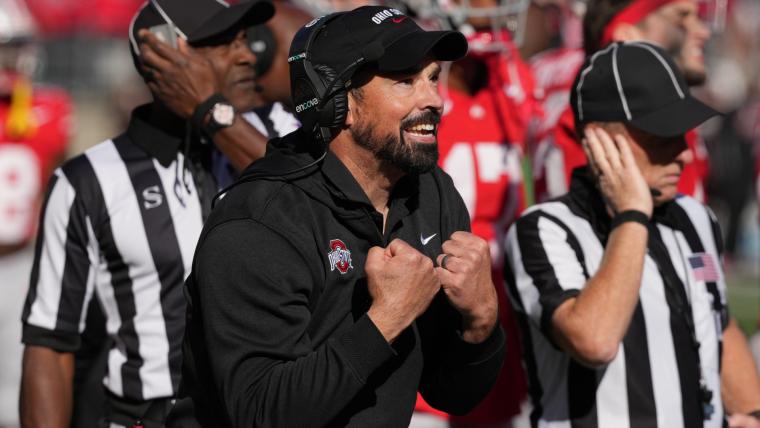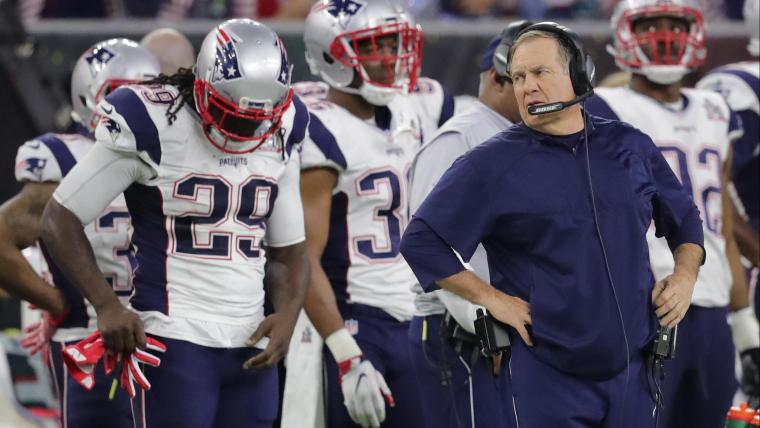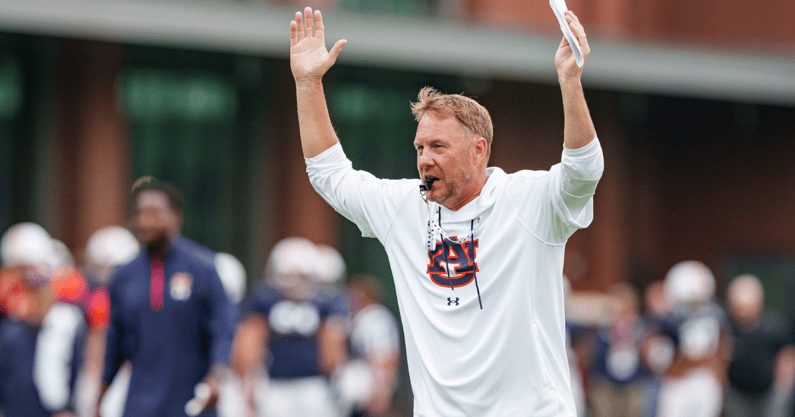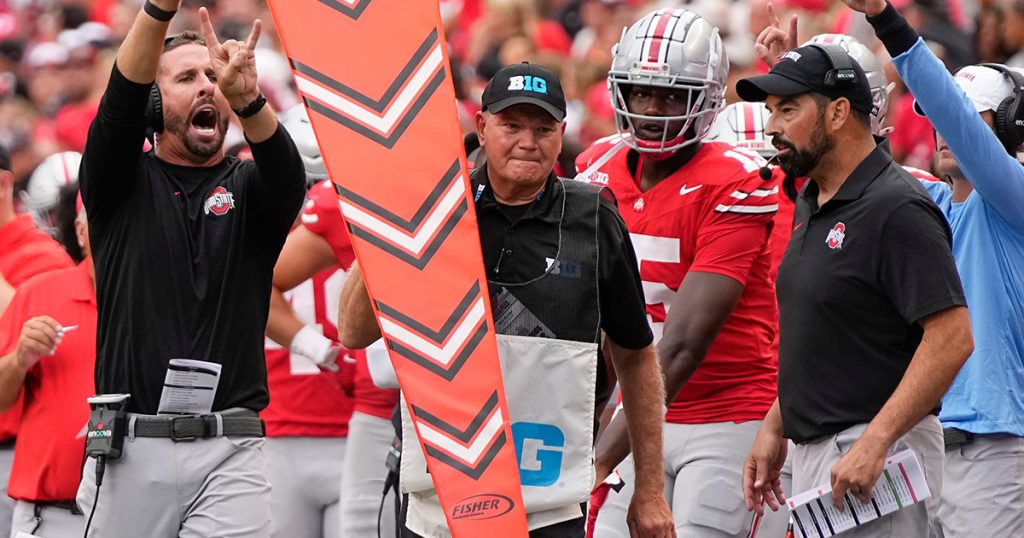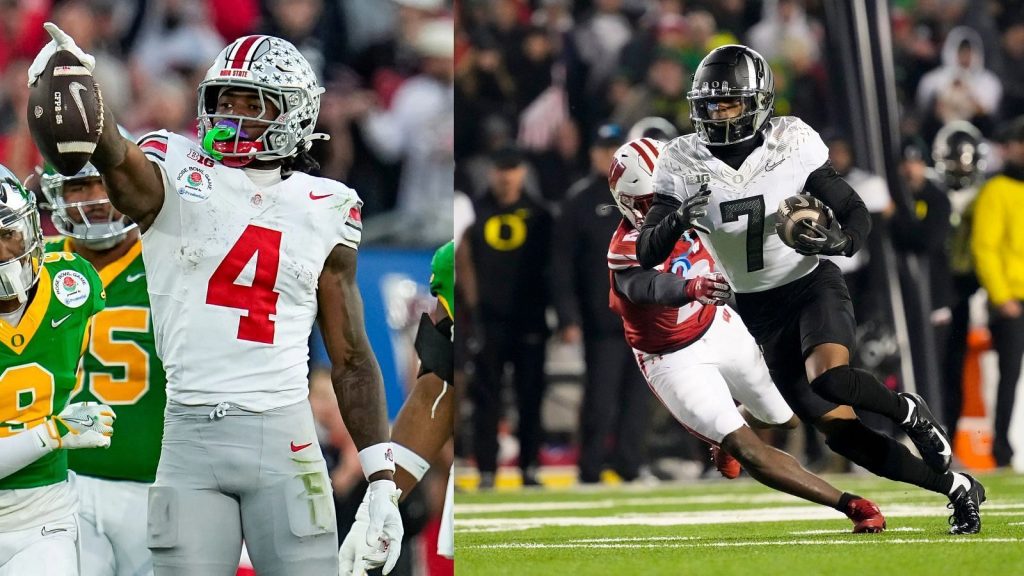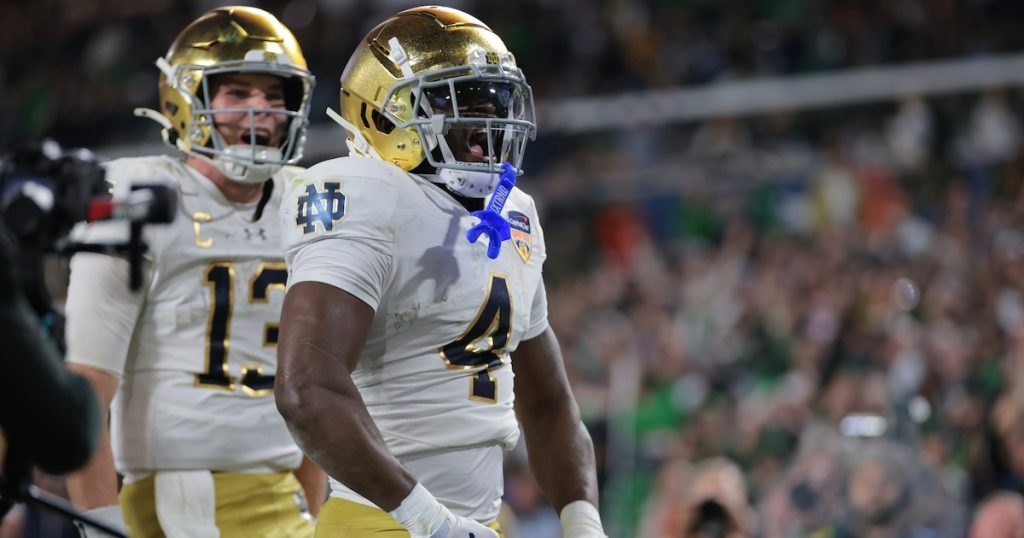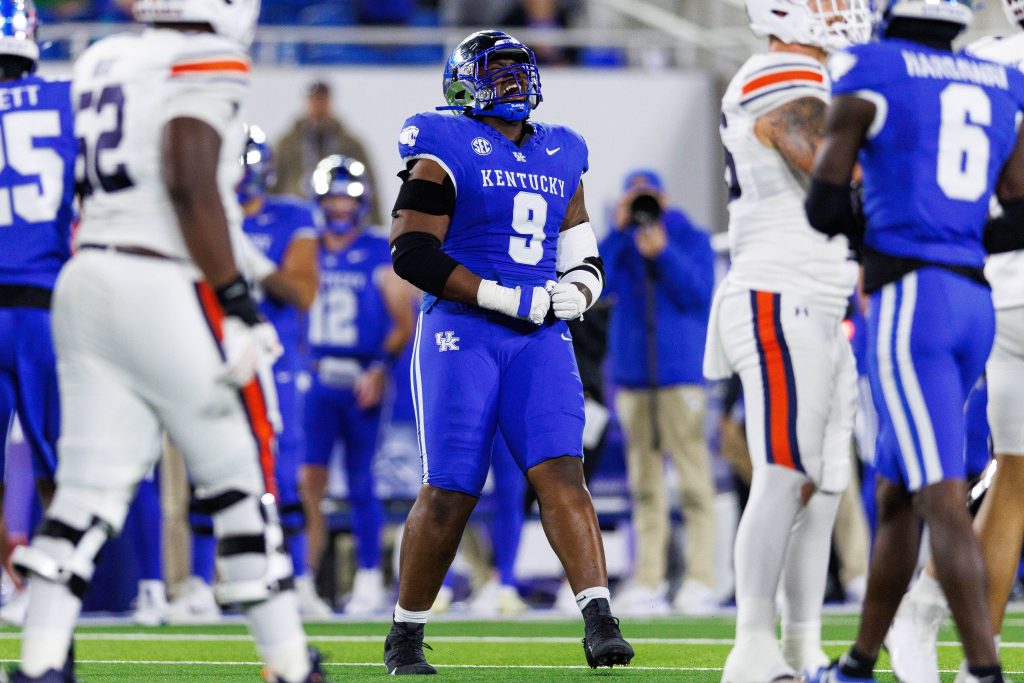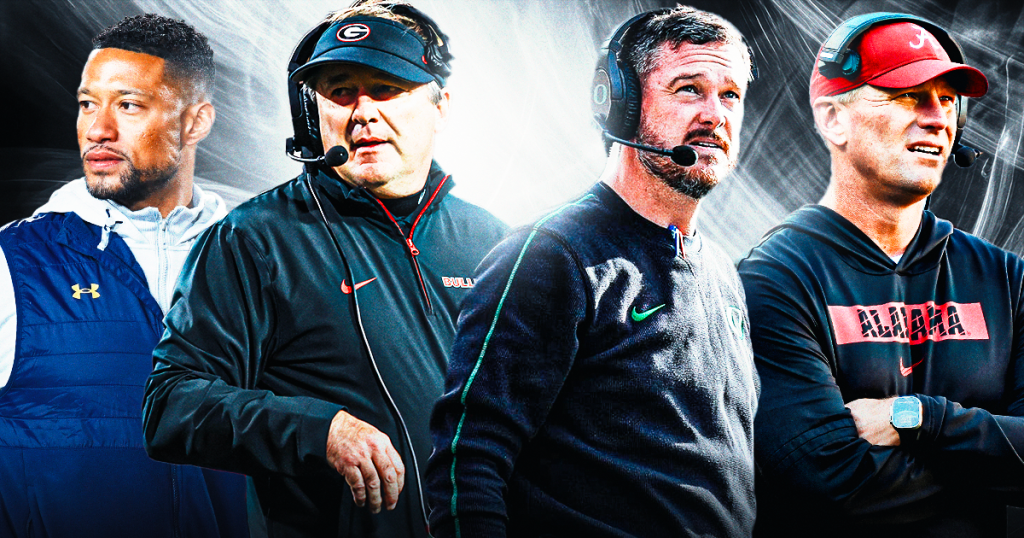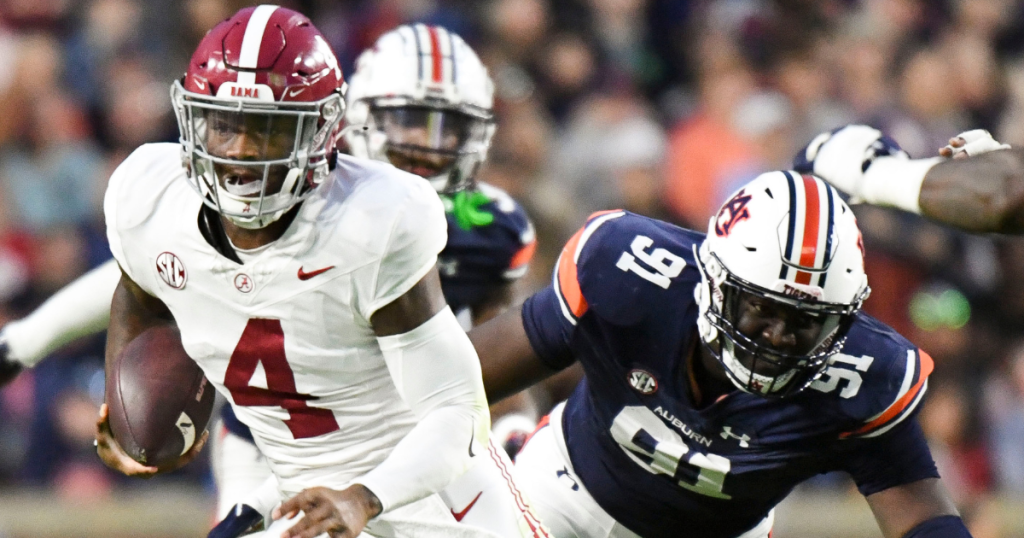With the ever-evolving landscape of college football, the transfer portal has become a hot topic of discussion. Currently, players have two windows to enter the portal: one immediately after the regular season ends and another following spring practices. But is this system effective? Some believe a single window would streamline the process, while others, like Ohio State coach Ryan Day, argue for the necessity of both.
### The Importance of Two Transfer Windows
Day recently shared his insights during an appearance on The Joel Klatt Show, reflecting on his experience while leading the Buckeyes to a national championship. Ohio State’s season concluded on January 20, just after the winter portal window had closed. This timing raises a critical question: how can teams make informed decisions about their rosters if their seasons are still in progress?
“For us, if we didn’t have the second transfer portal window, it’s very, very difficult,” Day explained. “We’re trying to make decisions about next year, yet our year isn’t even done yet. So that affects your current roster, and it’s just messy.”
### Navigating the Challenges of Late Seasons
The situation becomes even more complicated for teams that make deep playoff runs. Currently, players from teams whose seasons end after the winter portal closes are granted a five-day window to enter the portal after their final game. However, this doesn’t stop players from waiting until the last moment to make their decisions, which can complicate roster management for coaching staffs.
As Day pointed out, this can lead to a decrease in depth for teams that are still competing. “The coaching staff also can’t put as much effort into bringing in new players as other teams whose seasons are already over,” he noted. Thus, teams like Ohio State face unique challenges when trying to maintain a competitive edge while still in the postseason.
### The Numbers Behind the Portal
To illustrate the impact of the transfer portal, let’s look at some numbers. In the winter transfer portal window, Ohio State lost 15 players but only managed to bring in six. This disparity highlights the difficulties teams face when trying to replenish their rosters while still in the heat of competition. Interestingly, last year, when Ohio State did not qualify for the College Football Playoff, they brought in eight new players.
This raises an important point: how can teams effectively rebuild if they lose so many players and struggle to attract new talent? The answer may lie in the timing and structure of the transfer portal windows.
### A Focus on High School Talent
While the transfer portal presents challenges, Day remains committed to building a strong foundation for the future. Ohio State is set to welcome 26 incoming freshmen for the 2025 class, emphasizing a focus on high school talent. However, this doesn’t mean the Buckeyes will shy away from the transfer portal. The spring window opens on April 16 and lasts for 10 days, and Day is eager to take advantage of this opportunity.
He expressed gratitude for the existence of both transfer windows, understanding their significance in maintaining a competitive roster. “I think you’ve gotta have two portals unless you’re finishing the season sooner,” he stated. “But if you’re finishing the season on January 20, you can’t have just one portal window.”
### The Future of College Football’s Transfer Portal
As college football continues to evolve, the conversation around the transfer portal will likely persist. Should there be one window or two? What are the implications for teams that make deep playoff runs? The answers to these questions will shape the future of the sport.
Day’s perspective sheds light on the complexities of roster management in today’s college football landscape. The balance between nurturing young talent and navigating the transfer portal is a tightrope walk that coaches must master.
### Embracing Change
As fans, we can appreciate the passion and dedication that coaches like Ryan Day bring to the game. Their insights into the transfer portal not only inform us about the challenges they face but also highlight the ongoing evolution of college football.
In a sport that thrives on competition and change, understanding the dynamics of the transfer portal is crucial. It’s a tool that can either bolster a program or create chaos, depending on how it’s managed. As we look ahead, one thing is certain: the world of college football will continue to adapt, and so will the strategies of those who lead its teams.
In the end, whether there are one or two windows, the goal remains the same: to build a championship-caliber team. And with coaches like Day at the helm, the future of college football looks bright.







